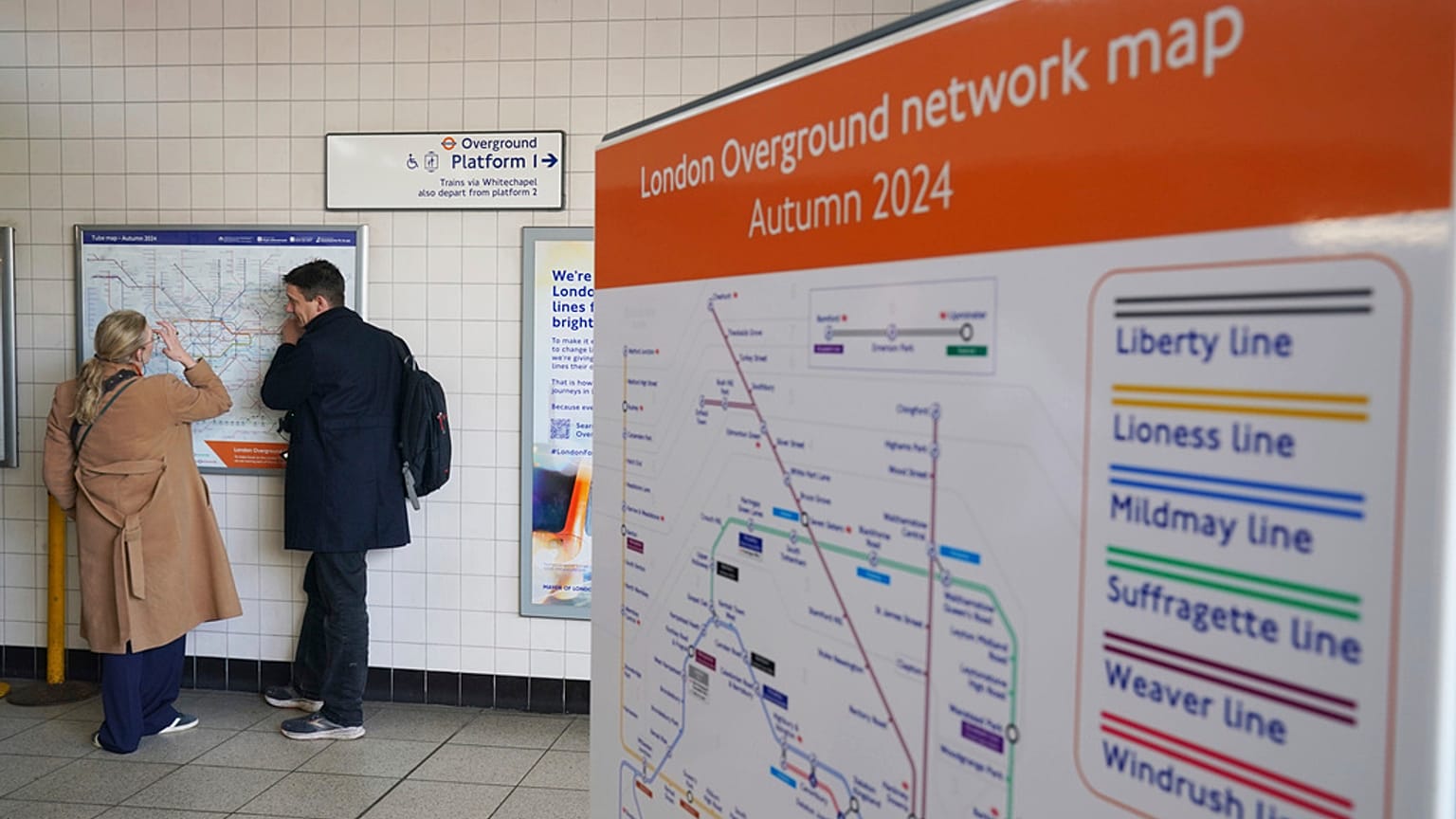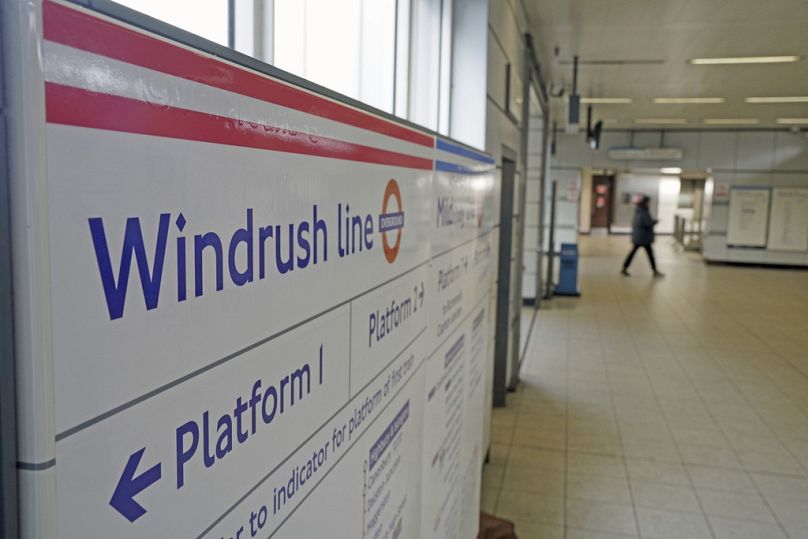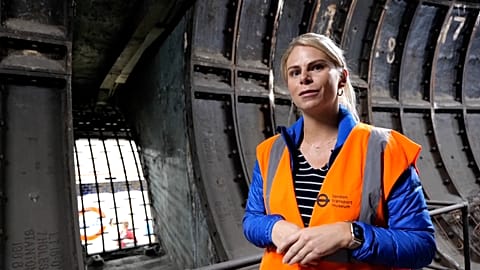Reactions have been a mix of incredulity over one line's name and dry British humour mocking the announcement.
London’s underground rail system is arguably one of the most iconic in Europe, if not the world - and now there’s a significant change to the well-known map.
Transport for London (TfL) have announced they are rejigging - and renaming - the routes that run over rather than underground lines into six distinctive specific routes.
All named after parts of the capital city’s heritage, the new designations have prompted mixed reactions from Londonders.
What do we know about the changes to the Overground line?
TfL announced last year that the aim of the renaming was to give the routes distinct identities, to make it easier for passengers to navigate the network.
They are currently all marked with a bright orange colour, which has led to some nicknaming it the “Ginger’ line. The newly named lines will be unlikely to be confused with one another.
The new names for London’s overground lines are:
• The Lioness line, which will be marked with yellow parallel lines. Running through Wembley in west London - often referred to as the home of football - it pays tribute to the England women’s football team, who are nicknamed the Lionesses.
• The Mildmay line, featuring blue parallel lines, has been named after the eponymous hospital in Shoreditch, east London, which played a significant role in the HIV/Aids crisis of the 1980s.
• The maroon parallel lines of the Weaver line mark a route through stations including Liverpool Street, Spitalfields, Bethnal Green and Hackney, all well known for their historical importance in the textile trade.
• Marked by green parallel lines, the Suffragette line was named to celebrate how London’s East End working-class community fought for women’s rights last century. It also has particular significance as it runs to Barking, the former home of the longest-surviving suffragette, Annie Huggett, who died aged 103 in 1996.
• The Liberty line, with its grey parallel lines, got its name in order "to reference the historical independence of the people of the borough of Havering", through which it runs, as well as the celebrating "a defining feature of London", TfL say.
• The Windrush line, which features red parallel lines, runs through a number of areas - including Peckham Rye, West Croydon and Dalston Junction - with strong ties to Caribbean communities, many who came to the UK on the WIndrush ship from Jamaica in 1948.
Why has the Windrush line caused controversy?
While the Mayor of London, Sadiq Khan, said the new names were "honouring and celebrating different parts of London's unique local history and culture", it’s thought the project has cost some £6.3m (€7.36m) to complete. That has not gone down well with many Londoners, especially considering that, this week, the UK slipped into recession.
However, it is the Windrush line which has raised most eyebrows.
While publisher Sharmaine Lovegrove took to X - formerly Twitter - writing: “Deeply moved to tears that my home train station (Clapham Junction) is part of the new train line rebrand and will be named WINDRUSH LINE – a wonderful homage to my grandparents’ generation who are victims of the hostile environment and pioneers of rebuilding postwar Britain,” many others took a different approach.
Some people accused the UK government of using the renaming as a hollow gesture, while victims of the Windrush scandal and their descendants are waiting for compensation.
The scandal began in 2018, concerning people who were wrongly detained, denied legal rights, threatened with deportation and, in at least 83 cases, wrongly deported from the UK by the Home Office.
It’s since been proven that many of those affected had been born as British subjects and had arrived in the UK before 1973, as members of the "Windrush generation".
Sadiq Khan, though, has recently called on prime minister Rishi Sunak to speed up access to the Windrush compensation scheme and reduce the burden of proof on claimants. He also wants the government to help victims with losses to private pensions and future earnings - something the scheme doesn’t currently do.
The move comes as researchers at University College London discovered a sharp downturn in mental health for Black Caribbean people in the wake of tougher Home Office policies brought in by former prime minister Theresa May when she was home secretary from 2010 to 2016.
It wouldn’t be the UK without tongue-in-cheek humour
Of course, the British - for all their demands for justice and equality - are famously able to poke fun at themselves and the renaming debacle is no exception.
Almost as soon the announcement was made, memes mocking the names popped up all over social media. Here are a few of our favourites:
This post from BBC satire show ‘Have I Got News For You’ renames the lines as London cliches - think the ‘No Eye Contact Line’ and the ‘£9 for a Pint’ line - referring to the high price of alcoholic drinks in the capital.
Another post from X user Steven Perkins alludes to the iconic Tudor monarch Henry VIII’s six wives - and the fates which befell them.
Also on X, Katie Packer renamed the lines as iconic - yet very niche - quotes from British humour.
Work to rebrand the new lines will start immediately - and the main rollout of the new identities is likely to take place at some point in the autumn, with the revamp set to be completed by the year’s end.



















